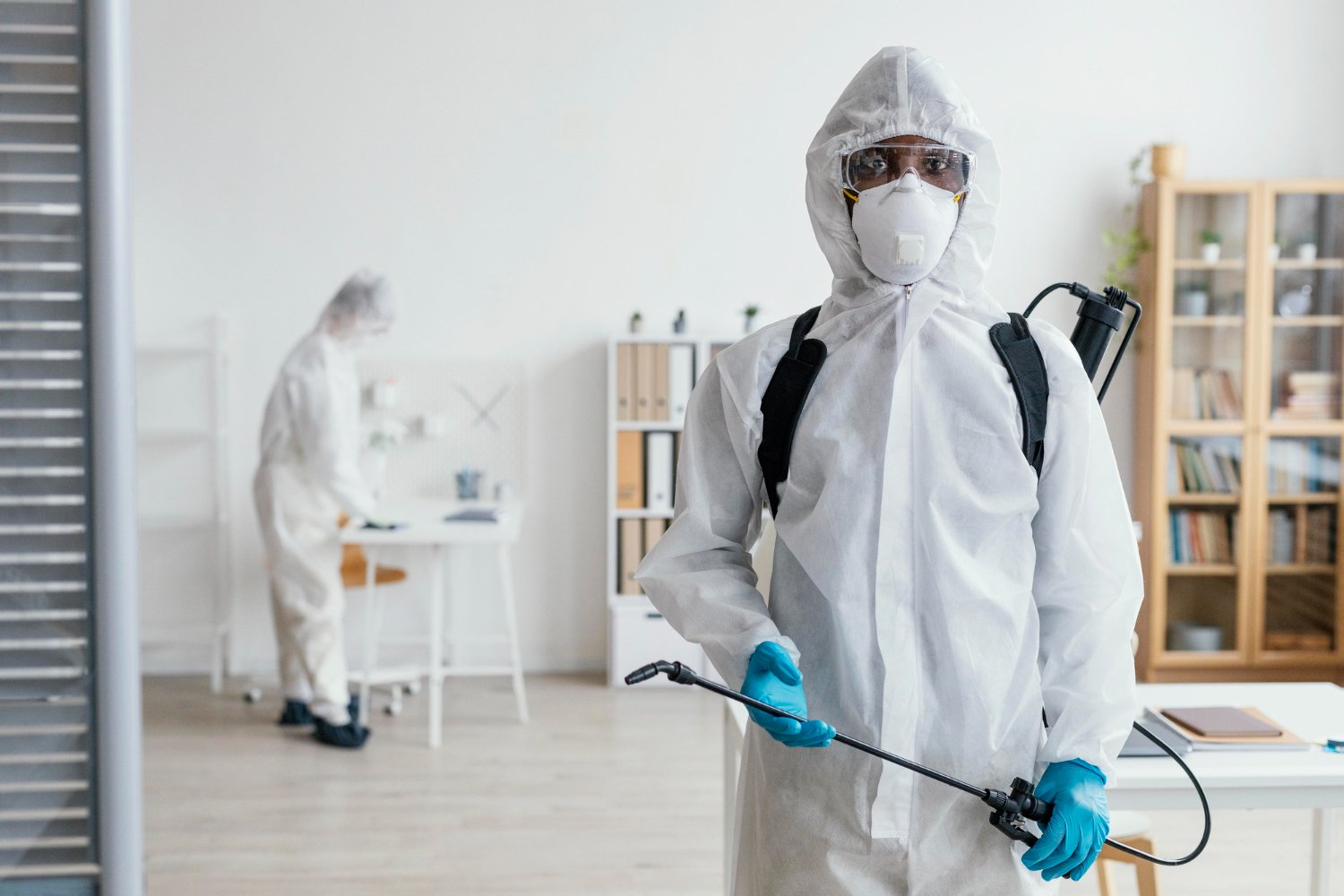Bed Pest Treatment Malfunction: Contrasting Chemical Vs. Non-Chemical Solutions
In the realm of bug control, especially when taking care of the consistent issue of bed pests, the option between chemical and non-chemical therapy services can be a pivotal one. Both strategies supply unique advantages and disadvantages, affecting variables such as efficiency, safety factors to consider, and overall price. By analyzing the nuanced information of each method, a more clear understanding of which course to seek in addressing a bed bug problem can be attained.
Performance of Chemical Therapies
Chemical treatments for bed insect problems have actually been widely recognized for their rapid and potent effectiveness in eradicating these pests. When thinking about the effectiveness of chemical therapies, it is important to comprehend that they can offer a quick and detailed option to a bed bug trouble.
Additionally, chemical treatments have the benefit of providing recurring impacts, suggesting that they can remain to remove bed insects also after the preliminary application. This recurring action is particularly valuable in combating any kind of prospective re-infestations. Additionally, the fast action of chemical treatments can bring alleviation to people facing severe bed pest invasions, allowing them to gain back control of their home quickly.
Safety Worries With Chemical Solutions
One critical element that needs mindful factor to consider when making use of chemical solutions for bed insect therapy is ensuring the security of passengers and the setting. Direct exposure to particular chemicals made use of in bed pest therapies can lead to breathing problems, skin inflammation, or other unfavorable reactions, specifically in people with pre-existing problems or level of sensitivities.
Additionally, the ecological influence of chemical options is an additional substantial factor to consider. Some chemicals used in bed bug treatments might be unsafe to advantageous insects, wild animals, and communities if they seep right into the dirt or water systems. It is essential to make use of chemical treatments carefully, adhering to safety guidelines, and taking into consideration less poisonous alternatives to alleviate these threats and guarantee the reliable and secure management of bed insect problems.
Advantages of Non-Chemical Techniques
Considering the prospective safety problems and ecological influence connected with chemical services for bed bug therapy, checking out non-chemical techniques presents a promising choice with numerous unique advantages. Non-chemical treatments are ecologically pleasant, as they do not contribute to air or water pollution, making them a lasting selection for insect control.
Furthermore, non-chemical services can be effective in targeting bed bugs, consisting of hard-to-reach areas where chemical treatments may not penetrate. Methods such as heat treatment, vacuuming, steam cleaning, and mattress encasements supply comprehensive obliteration go to the website without the use of dangerous chemicals. In addition, non-chemical methods can be much less disruptive, calling for minimal preparation and enabling quicker reentry right into dealt with locations. In general, going with non-chemical bed bug therapy techniques not only focuses on safety and environmental security yet also makes certain extensive and reliable parasite control.
Limitations of Non-Chemical Treatments

Furthermore, non-chemical treatments commonly require several applications to attain successful eradication. This can be taxing and may not constantly ensure complete elimination of all bed pests and their eggs, particularly in surprise or hard-to-reach places.
Additionally, the success of non-chemical therapies greatly relies upon proper implementation and thoroughness, which can be challenging for people without expert know-how. Poor application of non-chemical techniques may result in incomplete removal, causing relentless problems and the need for added therapies.
As a result, while non-chemical treatments have their benefits, it is necessary to recognize these restrictions and consider them when identifying the most my review here efficient technique for taking care of bed pest problems.
Expense Comparison: Chemical Vs. Non-Chemical Options
Offered the constraints connected with non-chemical treatments, an important facet to review in the context of bed insect management is the cost contrast between chemical and non-chemical choices. In contrast, non-chemical therapies like warm treatment or steam can be extra pricey, with expenses varying from $1,000 to $6,000 for an entire home. While the preliminary price of chemical treatments might seem reduced, multiple therapies may be called for to completely get rid of the invasion, possibly raising the total cost.
Final Thought

Thinking about the potential safety issues and ecological impact associated with chemical remedies for bed bug therapy, exploring non-chemical approaches provides an encouraging option with a number of unique advantages.Given the limitations connected with non-chemical therapies, an important element to review in the context of bed bug administration is the price contrast in between chemical and non-chemical options. In contrast, non-chemical treatments like warm therapy or vapor can be a lot more pricey, with prices varying from $1,000 to $6,000 for an entire home. While the initial expense of chemical therapies might appear reduced, numerous therapies may be required to totally eradicate the invasion, potentially raising the total cost.In final thought, when contrasting chemical and non-chemical bed pest therapy alternatives, it is necessary to consider effectiveness, security, advantages, constraints, and price.
Comments on “A1 Charlotte Pest Control Companies - Your Regional Pest Professionals”